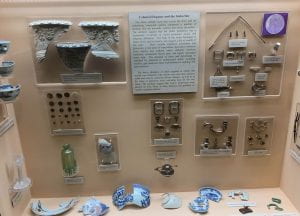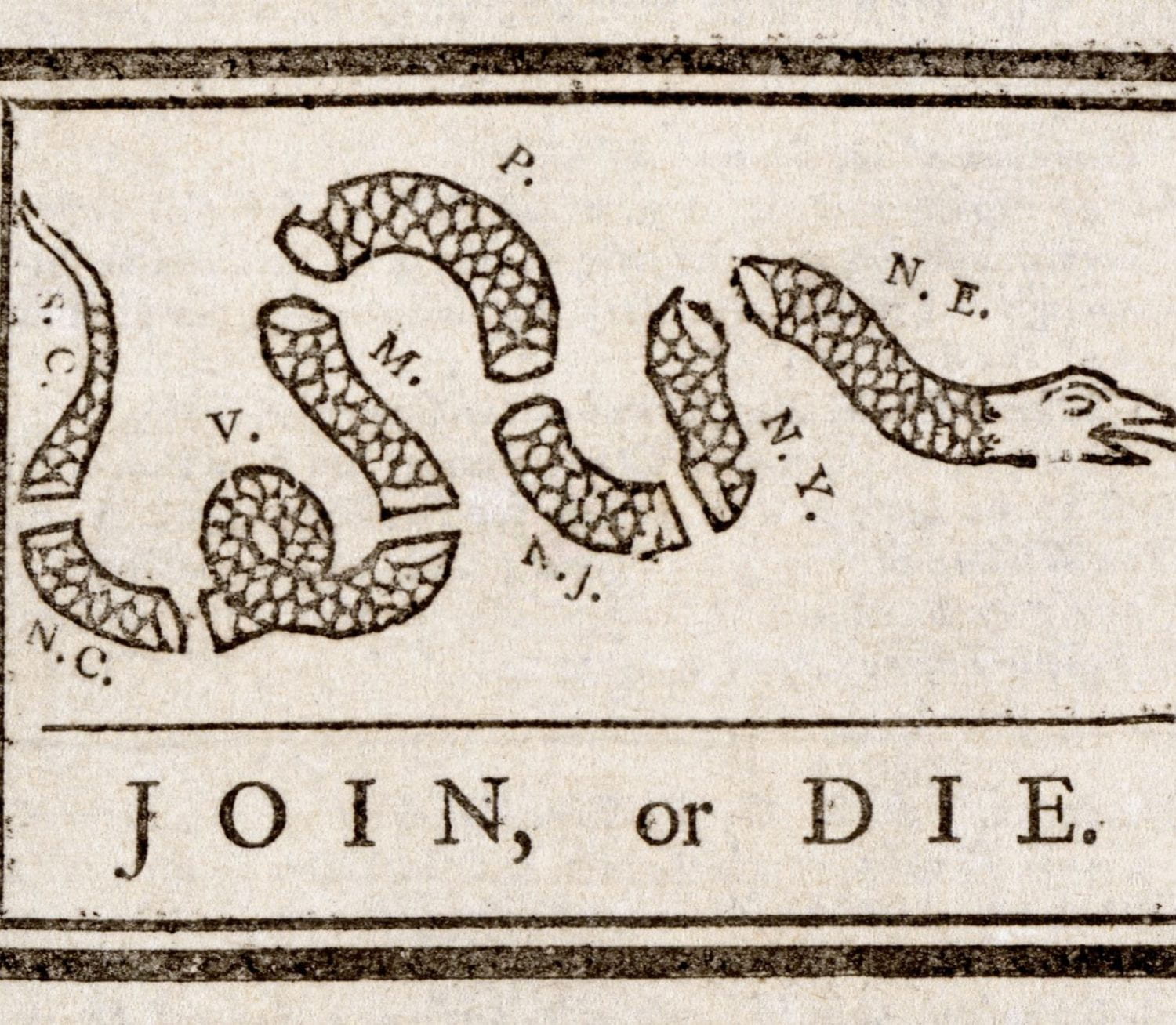By Alex Ronan
The Charleston Museum has an amazing chronological wing that allows you to see artifacts from the greater Charleston area as they developed over time. I recently visited the museum, and one section of the wing caught my attention. When you think of the late 18th century, especially in the rural South, I am not sure decadence is what immediately comes to mind. I was surprised to see that much like today’s Charlestonians with their Range Rovers and boutique dogs, the people of the late 1700s had beautiful and amazing items. They clearly had money and imported many expensive and beautiful things from Europe. That is not what caught my eye though. The museum did a wonderful job displaying these luxurious items next to the tools and barbaric accouterments of the source of this wealth, slavery. Of course, I knew that slavery was a fact of life in Charleston at that time, the museum did such a great job linking the agony of those in bondage to the wealth of those who perpetrated this cruel and unjust system.
I will admit that I had passed rather quickly through the artifacts associated with slavery. I knew it existed, and I knew it was a terrible and monstrous thing. Perhaps I did not want to see the hell our ancestors created for those we now count as close family and friends. After looking at the amazing artifacts such as fine bowls, elegant metalwork, and the many pictures of the interiors of plantation homes from the period, I was forced to go back and revisit how they were all possible.
At that time the expansion of slavery and agriculture lead to booming rice cultivation in the Carolina Lowlands. With the swampy brackish water required, an excess of free labor due to slavery, and demand throughout the new and old world for rice, Carolina Gold was born. The Lowlands became one of the major producers and exporters of high-quality rice, and in doing so became fabulously wealthy. Everything they grew became pure profit due to slavery. Forced to wade through the dangerous marshes and do the backbreaking labor of rice cultivation by hand and thresher, these people held in bondage were the ones who truly paid for the fine items that I had been admiring not just a few minutes previously. The items from the exhibit on slavery were a stark contrast to that pretty bowls and fine European metalwork. They were the tools of rice cultivation and human bondage. Coupled with explanations about how terrible and dangerous the work of growing rice was, those pretty objects suddenly did not seem so lovely.
Charleston was a city that was supported by the work of slaves, and many became prosperous off this labor. I felt it was important to recognize that we live in a city that was built by slaves and would not exist in its current state without them. I think the Charleston Museum also wanted us to recognize that with all the beautiful artifacts that they displayed came a terrible price that was paid in blood, sweat, and tears of those in forced servitude.


